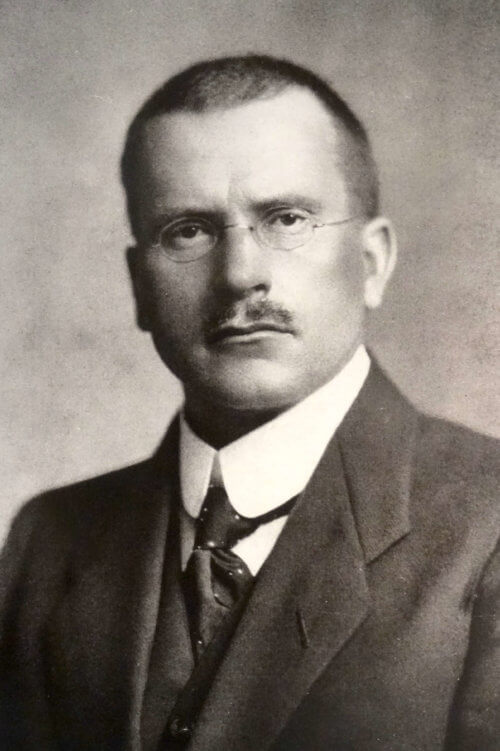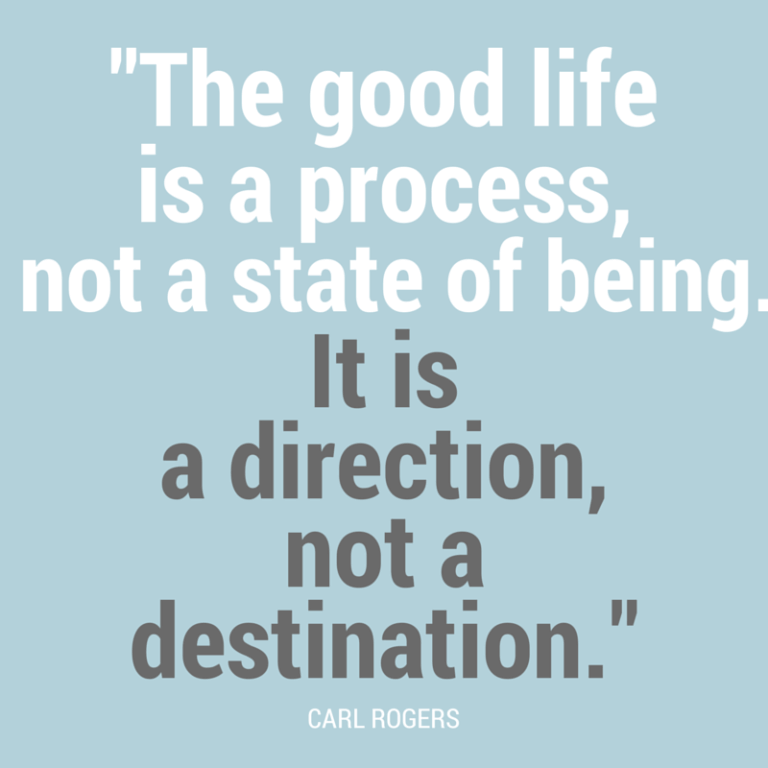Carl Jung: Biography and Theories
Who was Carl Jung and how did his ideas reshape the way we understand the mind? Explore the groundbreaking theories that continue to influence psychology and personal growth today.

Carl Jung was a Swiss psychiatrist and psychoanalyst whose work had an influence on the field of psychiatry as well as philosophy, religion, and literature. He was a contemporary of Sigmund Freud and the two were friends until a bitter split over theoretical differences led Jung to form his own school of thought known as analytical psychology.
In this article, learn more about Carl Jung’s life, theories, career, and influence on psychology.
Jung Is Best Known For:
- Studies of the human psyches
- Dream analysis
- The collective unconscious
- Archetypes
Carl Jung’s Early Life
Carl Gustav Jung was born in Kesswil, Switzerland on July 26, 1875 to father Paul Achilles Jung, a pastor, and mother Emilie Preiswerk. He was their fourth, but only surviving child. His mother was frequently depressed and absent from the household, but her mood eventually lifted once the Jung’s moved closer to her family.
Jung later described himself as an introverted and solitary child, saying that he was most happy when he was left alone to his thoughts.
At the age of 12, Jung was pushed to the ground so hard by another classmate that he lost consciousness. Jung started fainting anytime he was supposed to go to school or do homework. His parents and doctors became convinced that he had epilepsy. It was after hearing his father confessing his concerns that his son would never be able to work and support himself that Jung developed a renewed focus on academics.
While he still fainted several times after he began studying again, he was eventually able to overcome the problem and return to school. Jung never experienced this problem with fainting again, but he later explained that the experience served as his first encounter with neurosis.
Theories and Career
Jung decided to study medicine, but also developed an interest in spiritual phenomena while in school. It was this fascination with medicine and spirituality that led him into the field of psychiatry, which he viewed as a combination of his two interests.
In 1902, he completed his doctoral dissertation, titled “On the Psychology and Pathology of So-Called Occult Phenomena” and graduated from the University of Basel with a medical degree.
In 1903, he married Emma Rauschenbach. While the two remained married until her death in 1955, Jung reportedly continued to have romantic relationships with other women. One of these other women included his first patient at the Burgholzli Psychiatric Hospital, a young Russian woman named Sabina Spielrein.
Based on letters exchanged between the two, the affair lasted for several years. Eventually, Jung broke off their romance after determining that it was having a negative impact on his career.
Jung and Freud
Early in his career, Jung worked with psychiatric patients at the University of Zürich asylum. In 1906, he wrote Studies in Word Association and sent a copy to Sigmund Freud. The event served as the beginning of a friendship between the two men. When the two finally met in person in 1907, they reportedly spent more than 12 hours talking non-stop.
His time spent working with Sigmund Freud had a major impact on Jung’s later theories and helped him develop a fascination for the unconscious mind. Jung wanted to further understanding of the human mind through dreams, myth, art, and philosophy.
Initially, Freud viewed Jung as his protégé, but the friendship began to dissolve as Jung started to develop his own ideas that diverged from Freud’s views.
Jung and Analytical Psychology
Eventually, Jung began to separate from Freudian theory, rejecting Freud’s emphasis on sex as the sole source of behavior motivation. It was during this period of intense self-analysis that Jung became increasingly interested in dreams and symbols, later using what he learned during this time as the basis for his theories of psychology.
Jung became more organized about his theoretical approach, broke from psychodynamic theories, and formed his own theory called Analytical Psychology.
Parting with Freud was certainly not easy. Freud closed ranks among his other followers. Jung’s colleagues in the psychoanalytic community turned against him, as did many of his former friends.
In the six-year period that followed, Jung devoted himself to exploring his own subconscious. He recorded his experience in a previously unpublished book known at The Red Book and continued to write and illustrate the book over the next fifteen years.
In 2009, the book was finally published, allowing readers an unparalleled look into the mind of one of psychology’s most fascinating figures. “To the superficial observer,” Jung wrote in the epilogue he penned in 1959, “it will appear like madness.”
Parts of the Psyche
Jung believed the human psyche exists in three parts:
- The ego (which is the conscious part of the mind)
- The personal unconscious
- The collective unconscious
Jung believed the collective unconscious was a reservoir of all the experience and knowledge of the human species.
Individuation
Jung also believed that the process of individuation was essential in order for a person to become whole and fully developed as a human being.
Definition: Individuation is a process in which the various parts of a person, including the conscious and unconscious, become completely integrated so that the individual becomes their “true self.”
In general, it is the process by which individual beings are formed and differentiated [from other human beings],” Jung explained in Psychological Types. “In particular, it is the development of the psychological individual as a being distinct from the general, collective psychology.”
After suffering from a brief illness, Jung died in his home on June 6, 1961 in Zurich.
Carl Jung’s Contributions to Psychology
While Jungian theory has numerous critics, Carl Jung’s work left a notable impact on psychology. His concepts of introversion and extroversion have contributed to personality psychology and also influenced psychotherapy.
Jung’s advice to a patient with an alcohol use problem led to the formation of Alcoholics Anonymous, which has helped millions of people suffering from alcohol dependence.
Selected Works by Carl Jung
- Jung, C. G. (1904–1907) Studies in Word Association.
- Jung, C. G., & Long, C. E. (1917) Collected Papers on Analytical Psychology
- Jung, C. G., & Shamdasani, S. (1932) The Psychology of Kundalini Yoga
- Jung, C. G. (1947) Essays on Contemporary Events
- Jung, C. G. (1988) Psychology and Western Religion
Sources:
Bair, D. (2003). Jung: A Biography. New York: Back Bay Books; 2003.
Boeree GC. Carl Jung. Published 2006.
Jung CG. Psychological Types. Princeton, New Jersey: Princeton University Press; 1971.
Jung CG. Memories, Dreams, Reflections. Rev. ed., C. Winston & R. Winston, Trans. A. Jaffe, Ed. New York: Random House, Inc; 1989.




